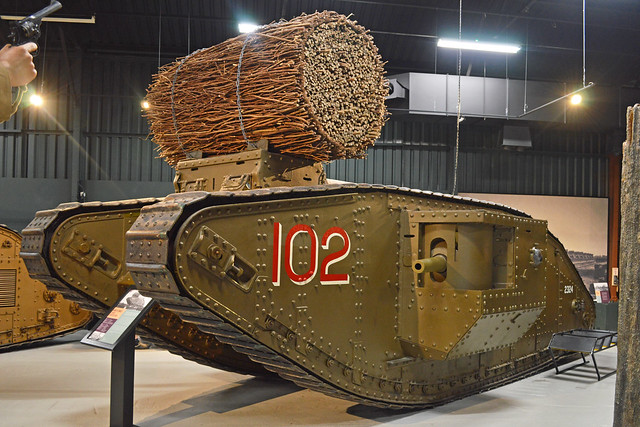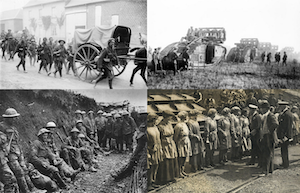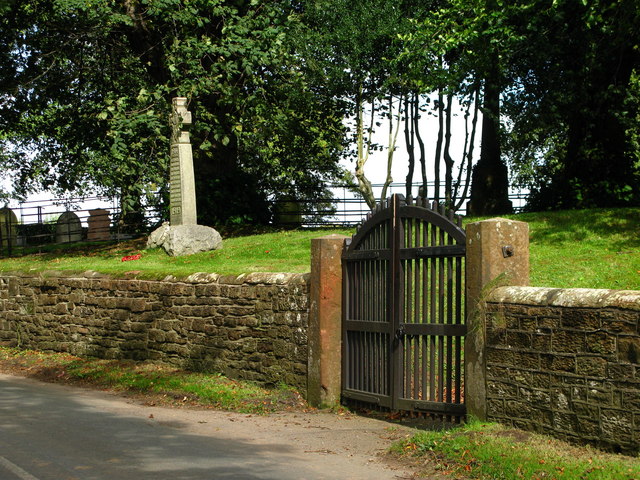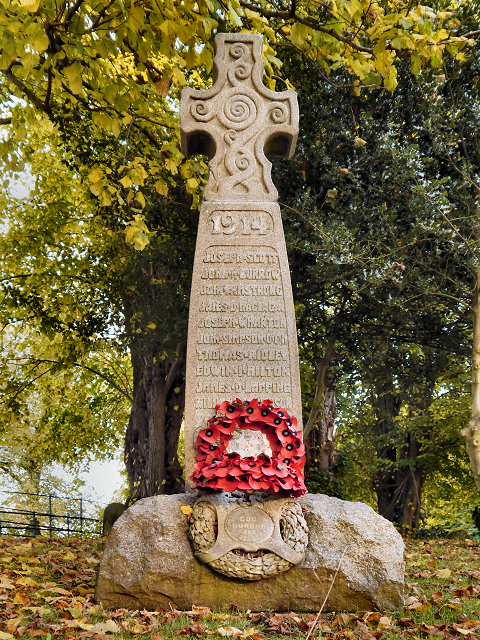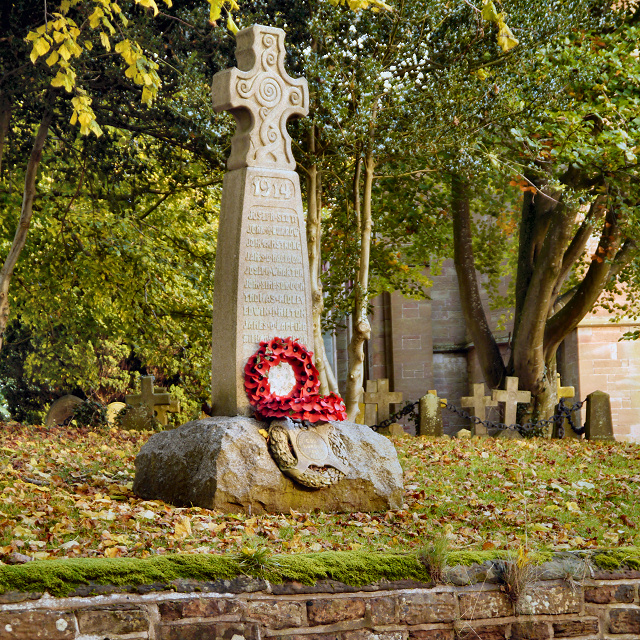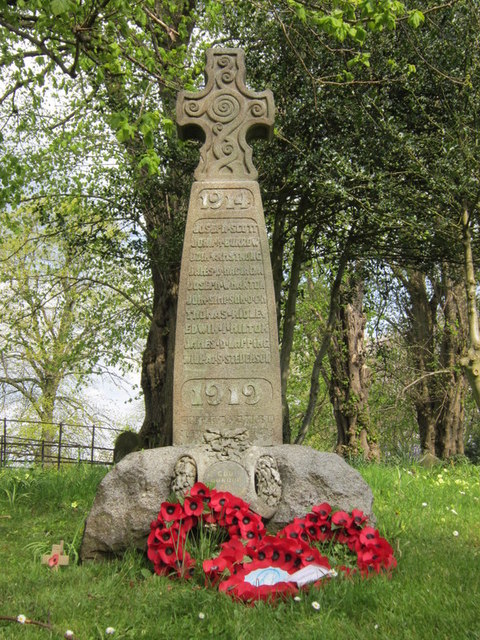Mark IV Tank (Male) ‘2324 / 102’

-
Description
Official designation:- Tank, Mark IV (Male) Built 1917 by William Foster & Co Ltd as part of a batch of 101 tanks numbered from 2300 to 2400. This is one of seven survivors from the 1,220 Mark IV tanks built and is preserved in operational condition, although it is not run to avoid damage from wear and tear. On display at The Tank Museum, Bovington, Dorset, UK. 26th July 2016 The following info is partly from the excellent Tank Museum website:- “Following the modest success of the Mark I tanks on the Somme in 1916 the British Commander-in-Chief, Sir Douglas Haig, ordered 1,000 more tanks for 1917. This was a surprising act of faith in a new weapon for an officer with such a reactionary reputation. More factories were brought into the programme to meet the demand, notably in Glasgow and Newcastle-upon-Tyne. Although the majority were built by the Metropolitan Carriage, Wagon & Finance Company at the Oldbury works. In the end production reached 1,200. Mechanically the new tank was the same as the Mark I but it had thicker armour, improved fuel supply and modified sponsons with slightly shorter guns in the Male version. Female tanks had even smaller sponsons and were produced in the ratio two female to one male. Mark IV tanks went into action for the first time in the summer of 1917, they were the mainstay of the Tank Corps at Cambrai in November and fought through to the end of the war with 7th and 12th Battalions of the Tank Corps. It was a male Mark IV tank which won the very first 'Tank versus Tank' action in April 1918 by knocking out the German A7V tank Nixe. Our exhibit, a male tank, was presented by the Tank Corps Training Centre to the Royal Navy's Gunnery School, HMS Excellent, after the war to commemorate their help training Tank Corps gunners. When the tank was originally presented on 1 May 1919 it was mounted on a concrete plinth overlooking the parade ground, and emblazoned on its side was its new name ‘Excellent’. In 1940 a young subaltern in the RASC worked on it and returned it to running order, believed to have been achieved by removed parts from another tank, possibly on Southsea Common. It became operational in the RN battalion allocated to the defence of Portsmouth and regularly drove out of Whale Island to Southsea Common and back. Eventually after a number of breakdowns and with more modern weapons becoming available it was returned to retirement on its concrete base. In 1969, under an RN Engineer Lieutenant, work began on it again. With work partially completed it was decided to present it back to Bovington as the best way to preserve it for the future. After restoration by REME it was officially handed over from the Royal Navy to the Army on 29 May 1975 outside the Armour School, in the presence of RN and Army dignitaries and junior leaders. From that year it did not move under its own power again until the summer of 1984 when it was restored to running order by the museum in order to take part in the BBC TV series ‘Soldiers’. There are three brass plaques on front:- 1. Presented by Tank Corp Training Centre to HMS Excellent Whale Island in recognition and appreciation of the great assistance given in training and gunnery (6 pounder) 136 officers 2413 other ranks of the Tank Corps World War 1 2. World War II served as part of HMS Excellent's Royal Navy Battalion in the defences of Portsmouth at a time when weapons were scarce and the threat of a Nazi invasion was very real. 3. 1971 presented by HMS Excellent, Whale Island to RAC Centre and restored to original condition by craftsmen of 18 Command Workshop REME 1974. Noted for their silence during approach to front line before an attack and could hardly be heard at 250 yards range.” -
Owner
Hawkeye UK -
Source
Flickr (Flickr) -
License
What does this mean? Attribution-ShareAlike License
-
Further information
Link: https://www.flickr.com/photos/65001151@N03/36197633110/
Resource type: Image
Added by: Peter Smith
Last modified: 5 years, 6 months ago
Viewed: 1189 times
Picture Taken: 2016-07-26T12:29:22 -
Co-Curate tags
